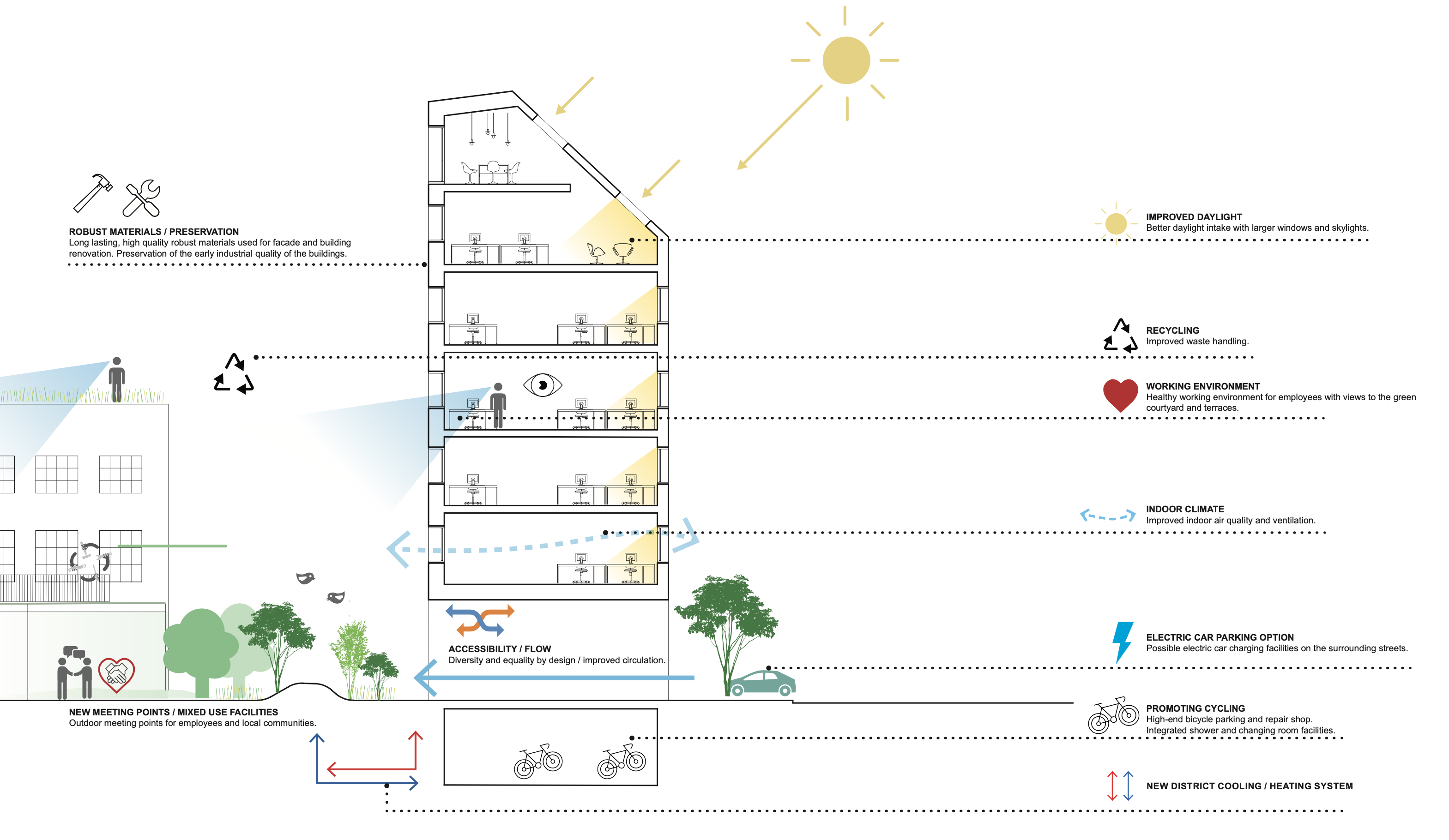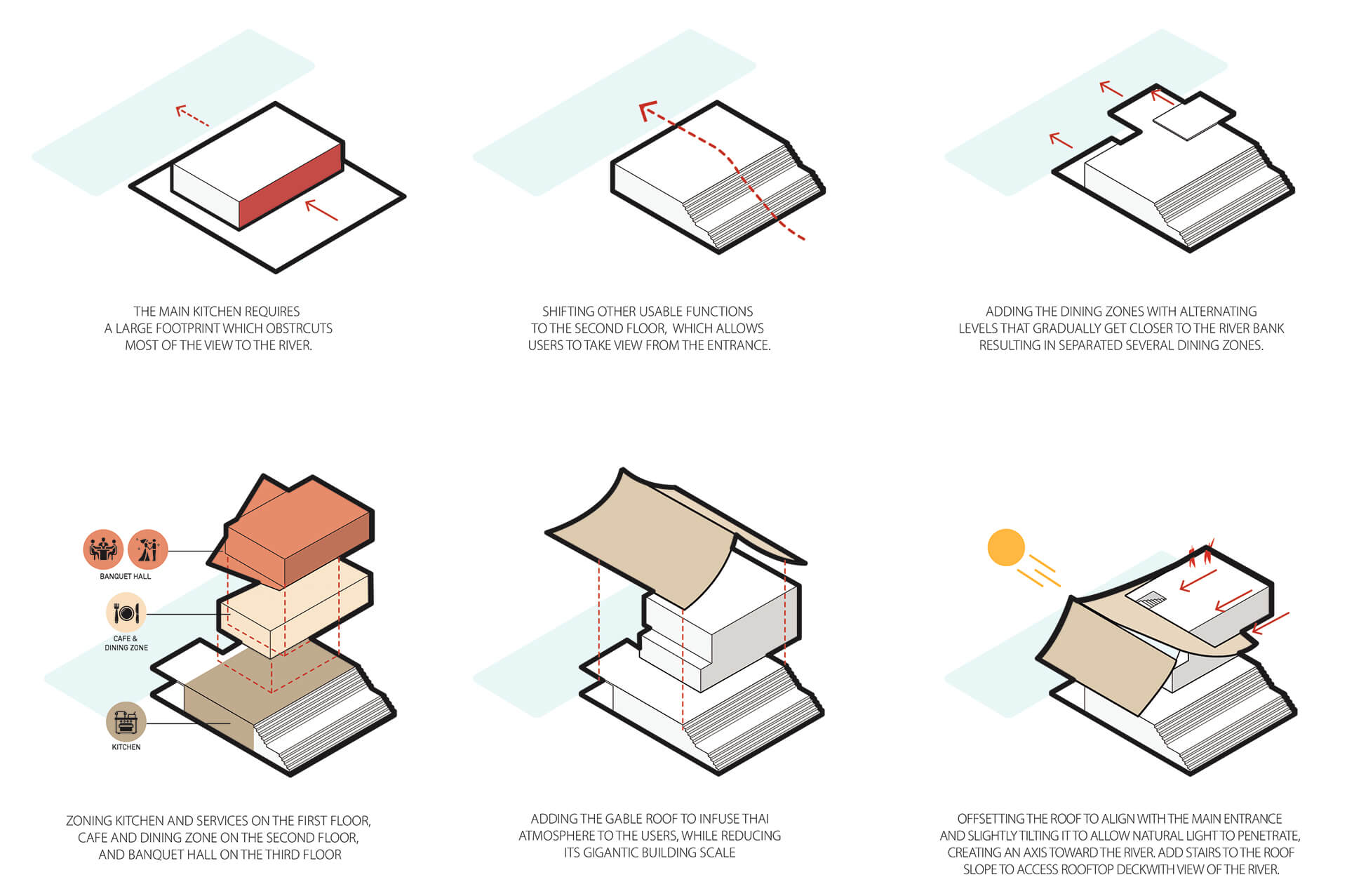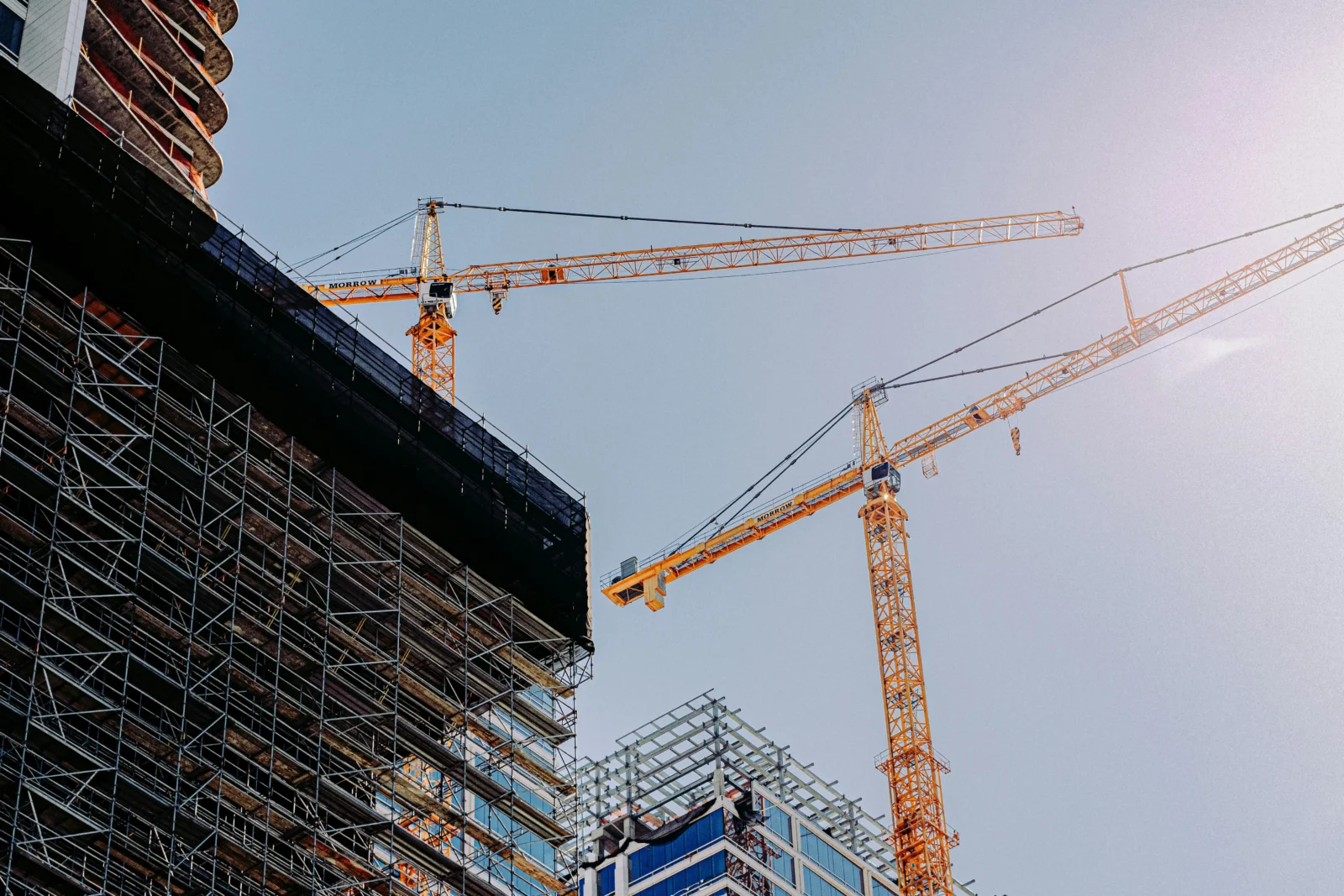- Home
- Articles
- Architectural Portfolio
- Architectral Presentation
- Inspirational Stories
- Architecture News
- Visualization
- BIM Industry
- Facade Design
- Parametric Design
- Career
- Landscape Architecture
- Construction
- Artificial Intelligence
- Sketching
- Design Softwares
- Diagrams
- Writing
- Architectural Tips
- Sustainability
- Courses
- Concept
- Technology
- History & Heritage
- Future of Architecture
- Guides & How-To
- Art & Culture
- Projects
- Interior Design
- Competitions
- Jobs
- Store
- Tools
- More
- Home
- Articles
- Architectural Portfolio
- Architectral Presentation
- Inspirational Stories
- Architecture News
- Visualization
- BIM Industry
- Facade Design
- Parametric Design
- Career
- Landscape Architecture
- Construction
- Artificial Intelligence
- Sketching
- Design Softwares
- Diagrams
- Writing
- Architectural Tips
- Sustainability
- Courses
- Concept
- Technology
- History & Heritage
- Future of Architecture
- Guides & How-To
- Art & Culture
- Projects
- Interior Design
- Competitions
- Jobs
- Store
- Tools
- More
The Importance of Concept in Sustainable Architecture

Sustainable architecture is the future of building design and construction. With the growing recognition of climate change, dwindling natural resources, and the escalating need for energy efficiency, the demand for green or sustainable architecture has risen significantly. Central to this progressive architectural movement is the concept, the kernel of an idea that encompasses various environmental, social, and economic considerations, forming the foundation for sustainable architectural design.
Concept in Architecture
In any architectural process, the idea or concept acts as a guiding principle, forming the basis for the design. It provides the initial inspiration, sets the vision, and guides all subsequent decisions throughout the design and construction process. An architectural concept is an expression of values, a reflection of the architect’s understanding and interpretation of the site, program, context, and the client’s needs.
When applied to sustainable architecture, the concept becomes even more vital. It must consider not just aesthetics and functionality, but also ecological footprint, energy efficiency, life-cycle cost, adaptability, and the building’s impact on its immediate and extended environment.

The Integral Role of Concept in Sustainable Architecture
- Energy Efficiency and Renewable Energy: A well-conceived sustainable architectural design considers energy use right from the start. It includes strategies for passive heating and cooling, natural daylighting, efficient insulation, and integration of renewable energy systems like solar panels or wind turbines. These decisions are guided by the initial concept and significantly influence the building’s energy footprint.
- Resource Efficiency: The concept plays an essential role in determining the material palette. It guides the architect towards locally sourced, recycled, or recyclable materials, minimizing transportation emissions and supporting the local economy. The idea also encourages minimalistic and efficient use of materials, reducing waste and environmental impact.
- Human Health and Well-being: A sustainable architectural concept prioritizes occupant comfort and health. It considers natural light, air quality, access to nature, noise control, and other factors that directly affect the occupants’ well-being. In this way, a sustainable architectural concept doesn’t just focus on reducing environmental impact, but also promotes a healthier, more enjoyable living or working space.
- Adaptability and Resilience: A key tenet of sustainable architecture is designing for the future. The concept should thus incorporate adaptability and resilience. Buildings should be designed to be flexible, to accommodate changing needs over time and withstand different climatic events. This long-term, forward-thinking approach is an integral part of the sustainable architectural concept.

Credit: pinterest.com/pin/365917538444227459/ - Site Sensitivity: Every site has its own unique characteristics, and sustainable architecture acknowledges and respects these. The design concept should consider the site’s topography, climate, flora and fauna, and cultural context to create a building that fits harmoniously into its surroundings, enhancing rather than detracting from it.
- Life Cycle Assessment: A sustainable architectural concept considers a building’s entire life cycle – from the extraction of raw materials to demolition or deconstruction. This holistic approach encourages designing buildings that last, use materials responsibly, and can be easily deconstructed or recycled at the end of their lifespan.
- The importance of the concept in sustainable architecture cannot be overstated. As architects, builders, and clients worldwide continue to embrace the principles of sustainable design, the central role of the concept in integrating these principles will continue to grow. It is not just about designing buildings; it’s about developing a long-term, sustainable vision that takes into account social, economic, and environmental impacts. Only with a strong, comprehensive concept can sustainable architecture truly succeed in its mission: to build a better, greener, and more sustainable future for us all.
There are numerous other concepts that have a profound influence on sustainable architecture. These concepts not only touch upon the design and construction of buildings but also the long-term impacts of these buildings on occupants and the environment. Here are some of these key concepts:
Biomimicry
This concept revolves around the idea of emulating nature’s time-tested patterns and strategies in architectural design. For instance, buildings may be designed to self-cool by mimicking termite mounds, or structures might be optimized for light absorption inspired by the structure of a leaf. Biomimicry drives innovation and sustainability in architecture, as it seeks solutions that are sustainable and harmonious with the natural world.
Zero Energy Buildings (ZEB)
Zero Energy Buildings, or net-zero buildings, aim to produce as much energy as they consume over the course of a year. This is achieved by implementing energy-efficient measures and integrating renewable energy systems into the design.
Green Roofs and Walls
Green roofs and walls introduce vegetation into urban environments, improving air quality, managing stormwater runoff, providing insulation, and enhancing biodiversity.

Submit your architectural projects
Follow these steps for submission your project. Submission FormLatest Posts
Dependable Service for Everyday Appliance Problems
When a washer stalls mid-cycle or a fridge warms up, you need...
8 Essential Web-Based Mapping Tools for Modeling Sea Level Rise and Flood Impacts
As climate change accelerates, flood risk and sea level rise have become...
How Sydney’s Architecture Responds to Climate, Light, and Lifestyle
Sydney’s architecture has never been driven by form alone. It evolves through...
Shipping Containers as Functional Infrastructure on Construction Sites
Construction sites are temporary by definition, yet the systems that support them...












Leave a comment